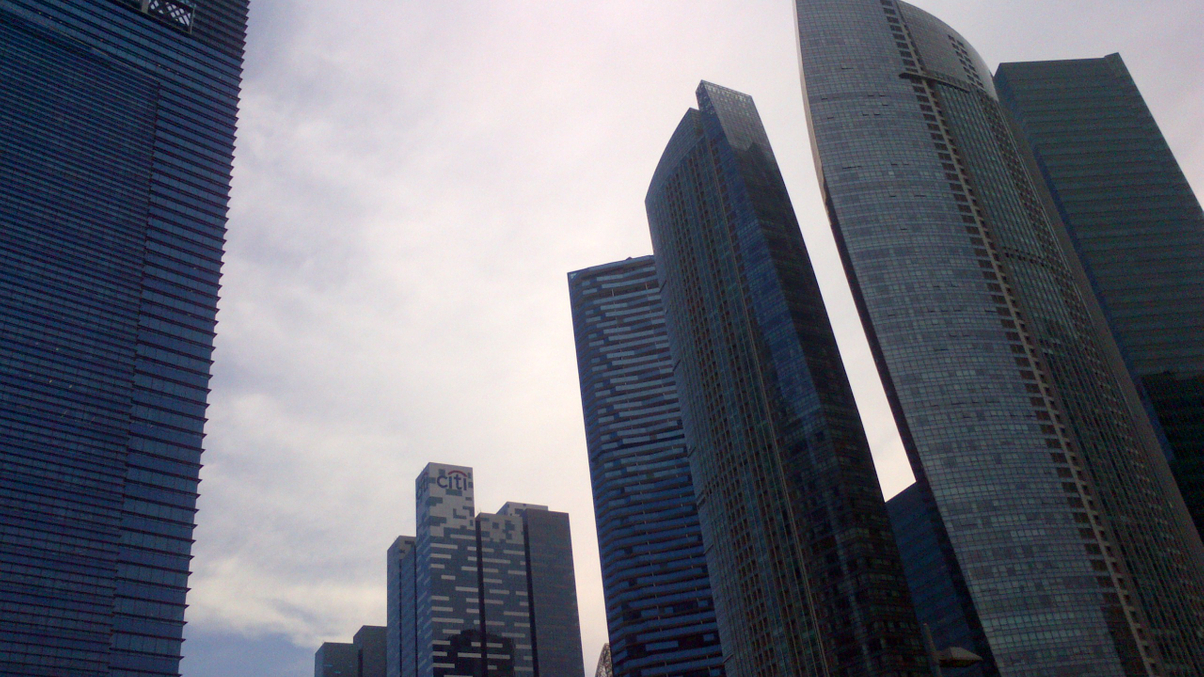Asia real estate vehicles tap demand from pension funds
A fundamental shift towards alternatives by sovereign and public pension funds will make real estate and infrastructure investments the fastest growing alternative asset class between now and 2020

Multi-billion dollar demand for Asian real estate investments has boosted the fund raising efforts of global managers such as Prudential and CLSA.
But while Asia’s non-listed real estate vehicles association, Anrev confirms that pan-Asia core funds are the hot ticket, a lack of core assets means that there is room for value-added funds, two of which have raised around $1.5 billion in the last few weeks.
Sign in to read on!
Registered users get 2 free articles in 30 days.
Subscribers have full unlimited access to AsianInvestor
Not signed up? New users get 2 free articles per month, plus a 7-day unlimited free trial.
¬ Haymarket Media Limited. All rights reserved.


